Internet Censorship in China explained
The Internet and social media are pervasive and transformative forces in contemporary China. Nearly half of China’s 1.3 billion citizens now use the Internet. Use of the internet in China began in three phrases. First, with the advent of Internet cafés. Second, with the expansion of home and office based computers. Third, with the widespread adoption of smartphones, access expanded sharply. However, soon after simple texting (SMS) and multimedia messages (MMS) were followed by Weibo microblogging. Most recently, these trends in Internet usage and social media have shifted to the mobile text and voice messaging service Weixin (known in English as WeChat).
The Rise of the Internet and its Impact on Censorship in China
The rapid rise of China’s mobile internet base altered the fabric of Chinese society. From civil affairs to law, politics, academia and foreign relations. Technological developments forced the Chinese government to change its tactics in controlling the Internet. Previous forms of media such as broadcast and print were strictly regulated as indispensable components of the political stability. Now, the Chinese government has implemented a plethora of strategies to censor prohibited information on the Internet. These strategies include strict regulations, employing people to monitor the web, creating organizations for internet oversight, and developing internet censorship technologies.
Thus, the Chinese government maintains full control and ownership over the Internet, media and news. It does this by providing daily directives to media outlets on what content to cover. Moreover, the Chinese government manages its telecoms infrastructure in a way that allows for top down internet censorship to take place. As a result, China’s internet censors have blocked websites and removed certain smartphone apps. In addition, China’s internet censors are responsible for the mass deletion of microblog posts, instant messages and user accounts that touch on banned political, social, and religious topics.
Altogether, there are reportedly over 10,000 websites blocked in China. For example, major news and social media hubs like the New York Times, YouTube, Twitter and Facebook are among those blocked. Furthermore, increased internet censorship in China has recently extended to apolitical spaces such as online music stores, platforms for live streaming, dating, celebrity gossip, and blockchain technology. This has resulted in authorities suspending and tightening scrutiny over internet features that enable real-time communication.
China’s Vision for the Internet – A New Internet Model
Access to the Internet in China is provided by eight internet service providers (ISPs), which are licensed and controlled by the Ministry of Industry and Information Technology (MIIT). These ISPs are referred to as the backbones of the mainland Chinese internet. Their role is to control access to the worldwide web and be the gateway that connects the global internet to the Chinese internet.
Chinese companies police censorship efforts
However, most internet censorship does not occur at the ISP level. It occurs on individual platforms, in which Chinese companies must police vigilantly. Thus, it is no surprise that Chinese super apps such as WeChat are built to facilitate censorship. Specifically, the multipurpose social media app WeChat increasingly employs artificial intelligence to scan and delete images deemed to include banned content. Throughout 2019, large-scale deletions of posts and accounts occurred on both WeChat and on Sina Weibo’s microblogging platform.
Therefore, it is evident that the government together with big-tech companies learned very quickly how to employ digital technologies such as data analytics and artificial intelligence to advance internet censorship in China.
China’s idea of cyberspace sovereignty
So far the Chinese government has managed to promote the Internet as a means for socioeconomic development while successfully minimizing its political impact. While many people and countries bristle at the idea of such wide-ranging internet censorship, China has sought to legitimize it in recent years by promoting the idea of “cyberspace sovereignty.” China defines this as each country having the right to “choose their own path of cyber regulation and development, and public policies for the Internet.”
These moves embody the Xi administration’s sweeping efforts to strengthen China’s system of cyber governance and internet censorship. These efforts aim to expand the legal framework for control over data, networks and information. In essence, China is pushing ahead with its own model of the Internet.
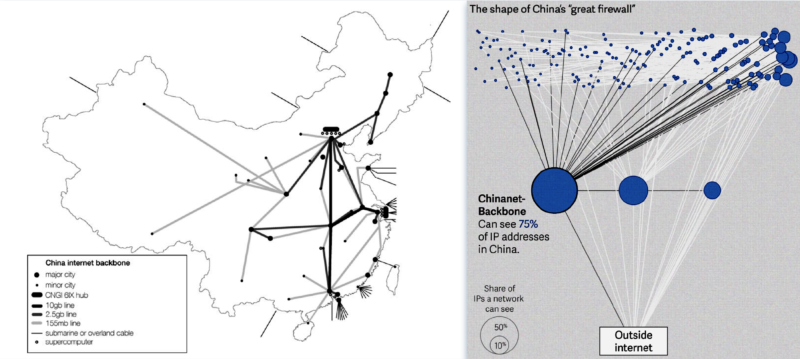
[Source: Quartz, China’s Internet Backbones and the Shape of China’s “Great Firewall,” These graphics show how China’s backbone ISPs located along the Eastern Coast control and provide access to mainland servers that route IP addresses to local IPs.]
Government’s Role in Creating a Managed Internet Ecosystem
Established in 2011, the State Internet Information Office is the responsible organ for internet censorship in China. China relies on the main telecommunication companies such as China Telecom, China Unicom and China Mobile to enforce blocks. To date, more than 60 internet regulations have been issued by the Chinese government.
The 2017 Cybersecurity Law along with other regulations have increased the pressure on private technology companies to assist the government in creating a sophisticated blueprint for internet censorship in China. The PRC Cybersecurity Law requires companies to monitor the content their customers create or share, censor content that violates laws and regulations, and report such content to the authorities. Thus, new regulations, censorship campaigns, and increasing restrictions on the use of virtual private networks (VPNs) have further heightened internet censorship in China. In 2018, regulators reportedly shut down over 6,000 websites. From January 3 to 21, 2019, the Cyberspace Administration of China (CAC) shut down 733 websites and 9,382 mobile apps, and deleted over seven million pieces of online information.
No single government department handles internet censorship in China
In sum, China’s internet censorship regime is implemented by the provincial branches of state-owned ISPs, business companies, and various other organizations. There is no single government department that handles internet censorship in China. But rather, a complex and confusing web of departments and organizations implements censorship over internet media. Below is a graphic that illustrates the interconnectedness of China’s internet censorship framework. It also includes a description of the relevant government departments and their roles in regulating China’s internet.
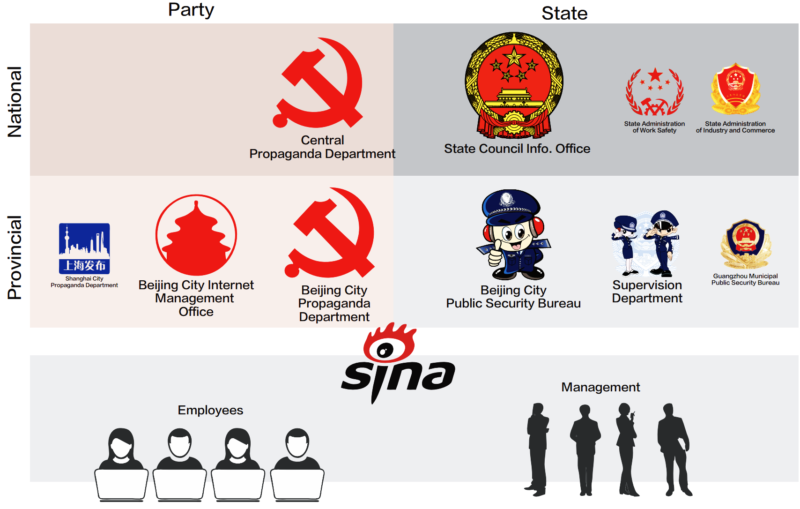
[Source: “The Limits of Commercialized Censorship in China” by Blake Miller. Agencies and Individuals Influencing Censorship on Sina Weibo]
Departments involved in internet censorship
- The Publicity Department of the Communist Party of China, formerly known as the Propaganda Department, takes the lead in deciding what is kosher and what is forbidden. It sets the direction for media and state messaging for the whole country.
- The State Council Information Office (SCIO) has a parallel function to the Publicity Department, but is officially controlled by the government, not the Party.
- The Ministry of Public Security (MPS) controls technical internet censorship. Like the Ministry of State Security (MSS), it also has the power to shut down websites and printing presses.
- The Cyberspace Administration of China (CAC) is the most important regulator of internet content and has become much more powerful under the Xi Jinping administration.
- The National Radio and Television Administration (NRTA) oversees licenses for news publishing, books and periodicals, radio, film, TV, and video game software. Before March 2018, it was known as the State Administration of Press, Publication, Film, Radio, and Television (SAPPFRT), which in turn was formed in 2013 by merging the State Administration of Radio, Film and Television (SARFT) and the General Administration of Press and Publication (GAPP).
- The Ministry of Industry and Information Technology (MIIT) shares and sometimes fights over the responsibility for regulating internet and video media. MIIT controls networks and the Internet, but more from the technical side.
- The Ministry of Culture and Tourism (MCT) oversees theater, live music, visual arts, “cultural products,” and also has oversight over video game hardware.
How does China Censor the Internet?
China censors the internet in two ways: through micro-censorship and macro-censorship.
#1 Macro-censorship
Macro-censorship uses software and hardware based interventions to prevent whole domains from being accessed. Macro-censorship is often referred to as the “Great Firewall of China.” Macro-censorship is what makes certain foreign websites inaccessible. This level of censorship starts at internet routers and applies to entire internet networks.

[Source: Global internet Freedom Consortium, China’s Great Firewall]
The Great Firewall operates under the “Golden Shield Project.” It has been in operation since 2003 and is controlled by the Ministry of Public Security. It serves as the main infrastructure that blocks access to unfavorable incoming addresses from abroad. The Great Firewall deploys several technologies to block entire websites and specific webpages from being accessed by IP addresses located in China. However, the Great Firewall of China primarily focuses on blocking external content.
Some common technical methods used by the Great Firewall are: IP blocking, DNS filtering, poisoning, and redirection, URL filtering, packet filtering, man-in-the-middle attack, TCP connection reset, deep-packed inspection and VPN blocking. Although China has never publicly revealed the technical details surrounding the Great Firewall, researchers worldwide conclude it does in fact employ these tactics such as blocking IP addresses, DNS attacks, and filtering specific URLs and keywords. However, the latter method has become more and more difficult with the increasing popularity of the encrypted HTTPS protocol.
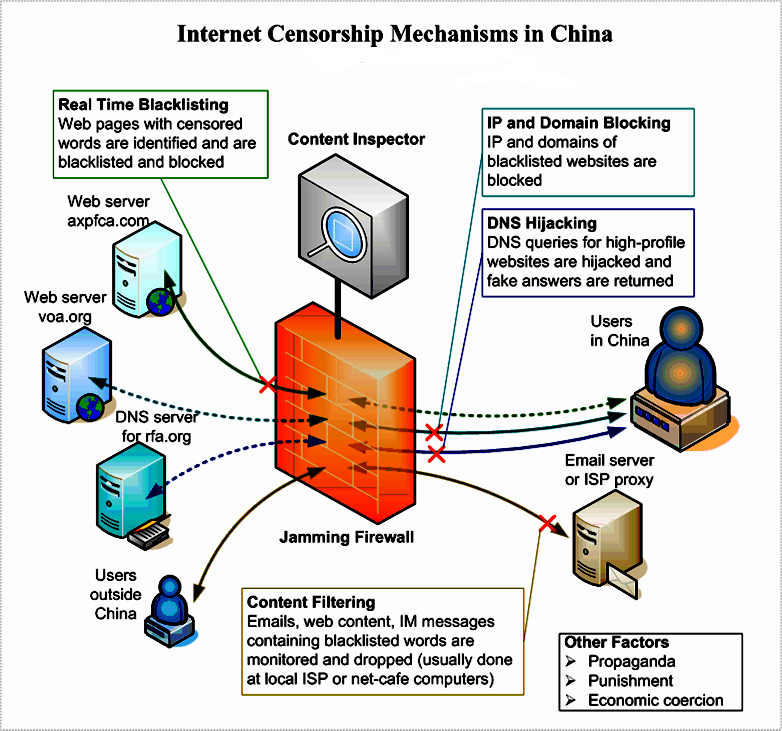
[Source: Global Internet Freedom Consortium, Internet Censorship Mechanisms in China]
#2 Micro-censorship
In contrast, micro-censorship targets individual expression within China’s domestic internet. Micro-censorship happens at the post, comment, and article level. It is carried out by social media companies and other internet content producers (ICPs). Micro-censorship is accomplished in several ways such as keyword filtering, manual content review, and algorithmic filtering.
However, there are a wide range of micro-censorship methods used in various ways by different companies. But in general companies utilize both human and machine-power to censor online content.
Thus, it is evident that in addition to the many efforts directly taken by the government, a key feature of China’s internet censorship on social media are the obligations placed upon individual companies. This is because they bear the ultimate responsibility for removing prohibited content from their platforms.
In China, censorship is delegated and regulated through internet content provider (ICP) licenses. ICP licenses are necessary to operate an internet business in China. These licenses can be revoked or suspended if ICPs do not comply with government censorship directives.
What role do websites play in internet censorship in China?
Chinese websites are legally required to sign the “Public Pledge on Self-Discipline for China’s Internet Industry.” This orders companies to remove offensive material and to block certain terms. As such, each platform has developed its own methods to combat “harmful” content targeted by the government. Keyword filtering is the first line of defense for many ICPs. Keywords of either single words, phrases, or co-occurring words and phrases are set up to prevent searches, posts, or comments about off-limits content. This form of review is done in two ways: through manual content review and algorithmic review.
How websites monitor content
As part of their responsibilities to enforce China’s internet censorship laws, companies are expected to have the technology to block and filter posts, and the staff teams on-site to conduct manual content review. Technology firms are not only responsible for monitoring and censoring public social media content. They are also responsible for monitoring closed chat groups and even one-on-one conversations.
Thus, Chinese tech firms often employ thousands of content moderators to remove censored material. These moderators look for code words, slang, and memes that people use in order to get around the censors. In addition, there are also censorship “factories” in China to fulfill these duties for firms. For example, one such company named Beyondsoft uses a service called Rainbow Shield. This service has compiled over 100,000 basic sensitive words and over three million derivative words. Of these words, about one-third are related to political content. Following are words related to pornography, prostitution, gambling and politics.
Most Common Internet Censorship Methods
1) Search Engine
In China, the market share of foreign-owned search engines is low, as domestic players like Baidu and Sohu dominate the market. As they are the natural starting point for Internet users, these search engines are of high interest to censors. One method search engines use to censor the Internet is to filter the search results of prohibited terms.
The search engines playing a role in the censorship of China’s internet also include the likes of international companies such as yahoo.com.cn and Google. Google for instance received widespread criticisms over its Dragonfly project and its rumored development of a Chinese censored search engine. Furthermore, Google has also removed advertisements on Chinese websites that review anti-censorship software.

[Source: Personal Graphic, List of popular search engines in China]
2) Reporting
China has recruited thousands of individuals to search the internet and report problematic content to authorities. In particular, organizations like the ‘China Internet Illegal Information Reporting Center (CIIRC).’ This organization, which is ostensibly a civil society organization encourages the reporting of “illegal and harmful information” to the Ministry of Public Security.
3) Content Manipulation
Internet-opinion companies that monitor, analyze, and Content manipulation refers to Internet-opinion companies that monitor, analyze and manipulate China’s social media interactions online. Additionally, there are specific groups and individuals that are given the task of manipulating the direction of internet discourse. For example, the “Fifty Cent Army”. The Fifty-Cent army is a group of individuals are rumored to be paid per-post. This group of individuals consists of government organized persons and netizens given the task to steer online discussion on sensitive topics.
4) Platform and URL based blocking
Platform and URL blocking restricts access to specific apps and websites like Facebook, Twitter and Youtube.

[Source: Personal Graphic, List of previous and now blocked websites and social media applications in China]
5) Keyword Censorship
The most identifiable aspect of internet censorship in China is the ever-evolving list of banned terms and phrases. Entering these identified prohibited words into a search engine will return no results. Similarly, using these filtered terms in a social media post will result in machine-automated software flagging or deleting the content.
The best analyzed list of forbidden keywords comes from Sina Weibo. The list now contains almost 3500 The best analyzed list of forbidden keywords comes from Sina Weibo. The list now contains almost 3,500 blacklisted words. However, many of the words are not ‘blocked’ forever. Instead, they are blocked temporarily during breaking news events and later made accessible once censors judge that the ‘subversive’ connotations of the words have been forgotten. Amazingly, it takes mere moments to block new terms. This allows Sina Weibo censors to respond in real-time to monitor new social media developments. This capability plays a large role in shaping the public discussion online.
However, keyword lists do not always result in automatic blocking or search restrictions. This is because there are usually different levels of keyword lists. At Sina Weibo there are three levels of keywords based on a combination of political sensitivity and the likelihood that a non-sensitive post will be flagged from the keyword.
How Sina Weibo censors content
At Sina, employees in charge of content moderation make most of the decisions about what is and what is not to be censored on their platform. First, posts are flagged and sent to content moderators through keywords. Then, management directs audits of certain posts, accounts, or user reports.
These content moderators employ a variety of methods to handle and outright delete content. Employees commonly choose to handle content in one of five ways: delete, secret, friend, restrict, and conceal. All of these ways of handling content involve hiding content from a subset of users on Sina Weibo. Though the censorship choices mentioned above are the most commonly used, they are not an exhaustive set of the ways in which Sina handles objectionable content. Below is an illustration of the internet censorship process on Sina Weibo.
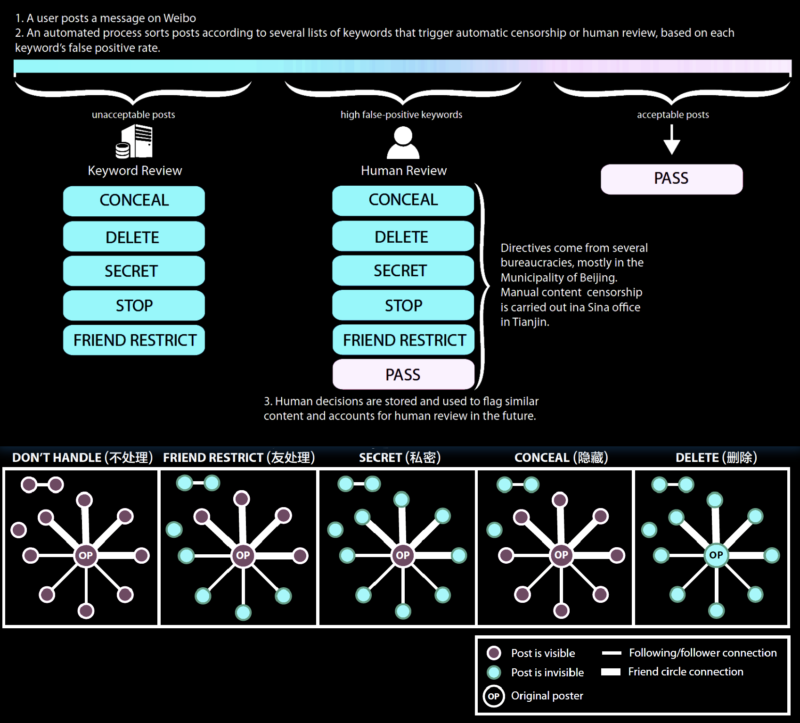
[Source: Blake Miller, How Sina Censors Content and the Types of Censorship]
China’s Internet Censorship Industry Has Given Rise to New Markets
Internet censorship itself has become a lucrative business in China. For example, the online version of the Party-run newspaper People’s Daily, people.cn. In particular, they contract with companies such as news aggregator Jinri Toutiao to censor content that contravenes the government. Revenue from People.cn’s censorship services reportedly rose 166 percent in 2018. Thus, the People’s Daily monetized its expertise in identifying ‘‘politically sensitive’’ content by marketing the services of its in-house censors and by formally training and certifying censors.
Another censorship service, Rainbow Shield, as previously mentioned, employs over 4,000 people in multiple cities to review online content. Hence, there exists a lively market for the internet censorship industry in China. Here, many for-profit organizations resort to selling various data products and services to help China monitor online content. Data in the Chinese enterprise credit system shows that more than 900 companies provide internet surveillance services or own copyrights for internet surveillance software.
China is a leader in developing and exporting internet censorship tools
According to records posted on a Chinese government procurement platform, there have been more than 400 pieces of bidding information and contract briefings that refer to the internet censorship business. Also, there are more than 2,000 companies providing various services to the Chinese government in the market.
As a result of these disclosures, China has become a leader in developing, employing, and exporting internet censorship tools and social media surveillance software. For example, the Chinese firm Semptian has touted its Aegis surveillance system as providing “a full view to the virtual world” with the capacity to “store and analyze unlimited data.” The company claims to be monitoring over 200 million individuals in China, which is a quarter of the country’s total internet users. The company even markets a “national firewall” product, which mimics the Great Firewall in controlling internet traffic in China.
Control-service providers
Hence, two types of control-service providers and agencies own the greatest market share in the industry. Technical companies and media organizations. Technical data companies rely on their data-processing technologies such as web crawling and sentiment analysis to provide their stakeholders with customer-oriented surveillance software.
Second are media organizations. China’s media players are very strong in the censorship industry because of their market oriented nature. Although official media outlets such as People’s Daily and China Youth Daily fall under the government’s purview, they still need to address market competition by exploring new profitable business models.
As a result, organizations such as Xinhua, China Daily, People’s Daily, and China Youth Daily have all started their own online-opinion-surveillance agencies that provide internet censorship services. Among them, ‘The People’s Internet Public Opinion Office’ is the most well-known. It relies on the resources of the People’s Daily and People’s Daily Online. As of 2012, this business earned a revenue of approximately $29 million dollars. This represents the second biggest source of income for the People’s Daily.

Internet censorship in China will likely get more rigorous
In sum, internet censorship in China is very widespread and its impact is felt broadly throughout society, business, and politics. As the cluster of actors operating within China’s large and interconnected digital ecosystem continue to merge business models and innovate, it is more than likely that internet censorship in China will become even more rigorous. As a result, this will have a huge impact on all businesses in China. For foreign MNCs in particular, data privacy, business control, and enterprise reputation will be the leading concerns moving forward.
Let China Paradigm have a positive impact on your business!
Listen to China Paradigm on iTunes




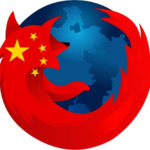


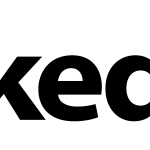


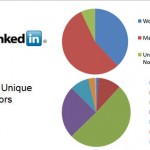
![[Podcast] China Paradigm 40: The future of Baidu, Google and other digital marketing insights in China](../wp-content/uploads/2019/05/podcast-digital-marketing-insights-China-150x150.jpg)




